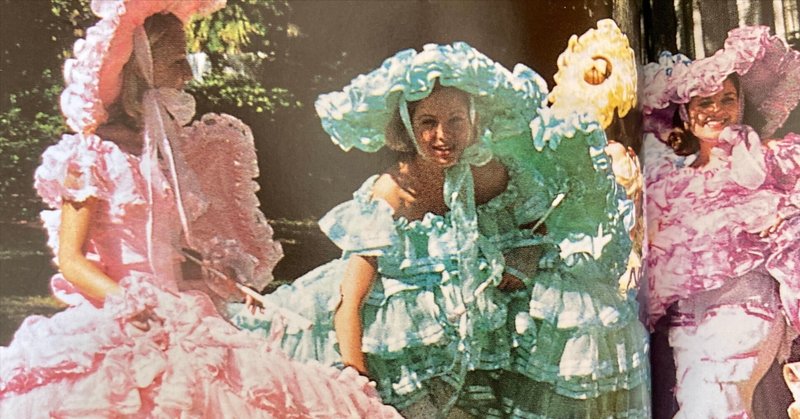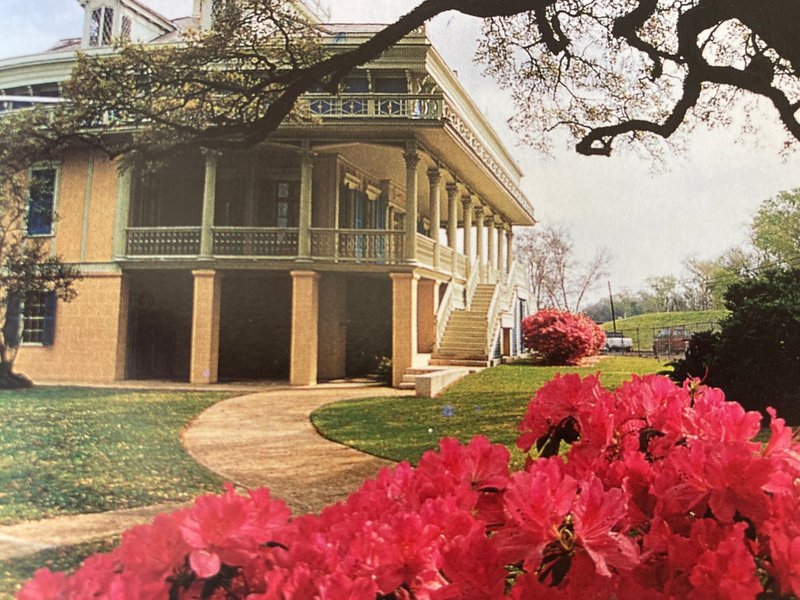
One View of “Gone with the Wind”
During one visit to Atlanta, I visited the museum dedicated to Margaret Mitchell and her enormously popular novel “Gone with the Wind.” Part of the tour was to visit the actual apartment where she and her husband lived and where she wrote the novel during her free time from writing as a journalist for the local press.
One of the first things we noticed was a towel covering a manual typewriter on a small table. Our guide explained that Mitchell always put a towel over the novel she was writing, so that no one would notice this fictional tale.
From one perspective, “Gone with the Wind” portrays the American South, known as Dixie, as a land of beautiful women, true gentlemen, and a life style that blended hospitality, honor, and true nobility. This ideal world differed from the crude, capitalistic North, land of the “Yankees” who shared none of the wonderful characteristics of the Southerners. This “beautiful world” was destroyed during the Civil War. Northern armies then occupied the South, freed the slaves, and controlled the government for over a decade. The dreamy world of the cavaliers and their ladies was gone.
It came as quite a surprise to me to learn that the movie “Gone with the Wind” was popular in Japan shortly after World War II and that the Takarazuka Revue later performed it on stage. It seems that the heroine Scarlett O’Hara had considerable appeal to Japanese women. Perhaps they were attracted to her beauty, her determination, and her optimistic spirit: “After all, tomorrow is another day.”
(260 words)

この記事が気に入ったらサポートをしてみませんか?
